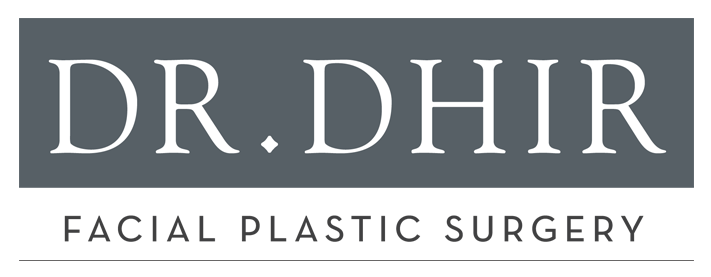When it comes to plastic surgery in Beverly Hills, you deserve the very best. A deviated septum, misaligned nose, or additional facial damage can cause you to feel less than satisfactory about your nose. It can cause you to lose confidence, and you may even stop looking in the mirror to avoid bad feelings. You do not need to deal with this dip in self-esteem. Your surgeon can give you plenty of options to restore the proper shape and structure of your nose. Below, we cover 5 signs you need a septoplasty.
5 Signs You Need a Septoplasty
If your nose is crooked or misaligned, you may be a good candidate for a septoplasty procedure. This unique surgery can correct deviated septums and create a more pleasing nose shape. While many individuals may have a deviated septum without experiencing any symptoms, others may suffer from various issues that impact their quality of life. Check out these top 5 signs you need a septoplasty to find out if this surgery is the right move for you.
Sign #1: Constant Nasal Congestion
One of the most common symptoms of a deviated septum is chronic nasal congestion or obstruction. A deviated septum can obstruct one or both nasal passages, making it difficult to breathe through the nose. Individuals may experience difficulty breathing, especially when lying down or during physical exertion. Chronic nasal congestion can also lead to mouth breathing. People who constantly snore or wake up during the night may be dealing with this symptom.
Sign #2: Sinus Infections
If you are getting sinus infections a lot, you might have an obstacle stuck in your nose. This can be from a foreign object or an already deviated septum. When the nasal passages are obstructed, mucus drainage may be impaired, leading to the accumulation of mucus and bacteria in the sinuses. This stagnant mucus provides an ideal environment for bacterial growth, increasing the risk of sinus infections. Individuals with a deviated septum may experience frequent episodes of sinusitis. This condition is usually characterized by symptoms such as facial pain, pressure, nasal congestion, headaches, and thick nasal discharge.
Sign #3: Nosebleeds
Another sign that you might need septoplasty is getting a nosebleed. A deviated septum and similar conditions can cause the nasal mucous to become dry and irritated. Additionally, the abnormal airflow patterns created by a deviated septum can lead to friction and trauma to the nasal tissues, further increasing the risk of nasal bleeding. Individuals with a deviated septum may experience frequent episodes of nasal bleeding, especially during dry or cold weather.
Sign #4: Headaches and Random Face Pain
The obstruction of nasal airflow caused by a deviated septum can lead to increased pressure in your sinuses. This constant pressure causes headaches and migraines. Individuals may experience chronic or recurrent headaches that are often exacerbated by nasal congestion or sinus pressure. Addressing the underlying septal deviation through septoplasty surgery can help alleviate facial pain and headaches associated with nasal obstruction.
Just like a rhinoplasty, a septoplasty aims to correct issues created by a deviated septum. While this is a complex procedure, it has a high success rate and can leave you with permanently satisfactory results.
Sign #5: Sleep Apnea
Snoring or Sleep Apnea: Septal deviation can also contribute to snoring and obstructive sleep apnea (OSA) in some individuals. A deviated septum can disrupt normal airflow during sleep, leading to snoring—a common symptom of OSA. In individuals with OSA, the obstruction of airflow during sleep causes brief pauses in breathing. Many people with sleep apnea experience fragmented sleep and daytime fatigue. Septoplasty surgery may be recommended as part of the treatment plan for individuals with snoring or OSA to improve nasal airflow and reduce airway obstruction during sleep.
Get Your Septoplasty Consultation Today
You do not have to deal with your misshapen nose for the rest of your life. There are a wide range of treatment options available. From chronic nasal congestion and recurrent sinus infections to nasal bleeding, facial pain, and snoring, the signs indicating the need for a septoplasty are diverse and can significantly impact an individual’s quality of life.
By addressing the underlying septal deviation through septoplasty surgery, you can improve nasal function, alleviate symptoms, and enhance your overall well-being. Learn more about the right kind of rhinoplasty that works for you when you schedule a consultation with Dr. Dhir. We will present you with a range of options that are custom-tuned to your specific needs. After a quick recovery period, you can enjoy the results of your new nose for the rest of your life. Get in touch with us now to get started!
